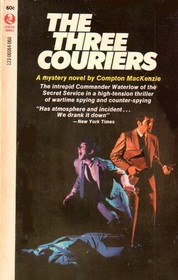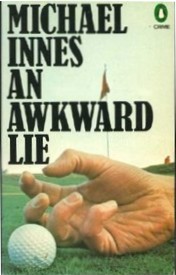
The Lost Apothecary by Sarah Penner
Review by Mirah W. (mwelday)
It was hard to determine a genre category for The Lost Apothecary. Shifting from past to present, Penner weaves together the lives of 21st century historian Caroline and 18th century apothecary Nella.
Nella’s mother was a well-known apothecary with a little shop off Bear Alley in 18th century London. After the death of her mother, Nella begins to run the shop herself. Later she is fueled by her own loss and heartache and becomes known for helping women who are the victims of oppressive men. By developing poisons that are easily-disguised, Nella gives strength, freedom, and hope to the women who request her services.
Caroline has arrived in England angry and confused after learning of a betrayal within her marriage. During what is supposed to be a romantic getaway for her and her husband, Caroline is alone and trying to decide on how to move forward. She crosses paths with Bachelor Alf and his mudlarking group and decides to see what historical objects the River Thames might provide to distract her from her real life.
Caroline finds a glass vial while mudlarking and she is taken on a journey of discovery into the mysterious apothecary and shop. The reader learns more about Caroline, Nella and Eliza, the young maid of a wealthy woman who demands Nella’s services. Nella and Caroline’s stories of betrayal bythe men they love are paralleled in the story and their reactions to those betrayals change the course of their lives.
I thoroughly enjoyed The Lost Apothecary. I thought it was a unique story (I’ve never even heard of mudlarking before, but I’ve learned it really is a thing and it seems so very interesting) with characters who were complex and relatable. The sense of magic and mystery come together to provide an engrossing tale and I am not surprised this debut novel by Penner became a New York Times bestseller. I highly recommend this vivid and rich novel when you want to lose yourself in the pages of a good book.







